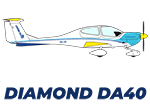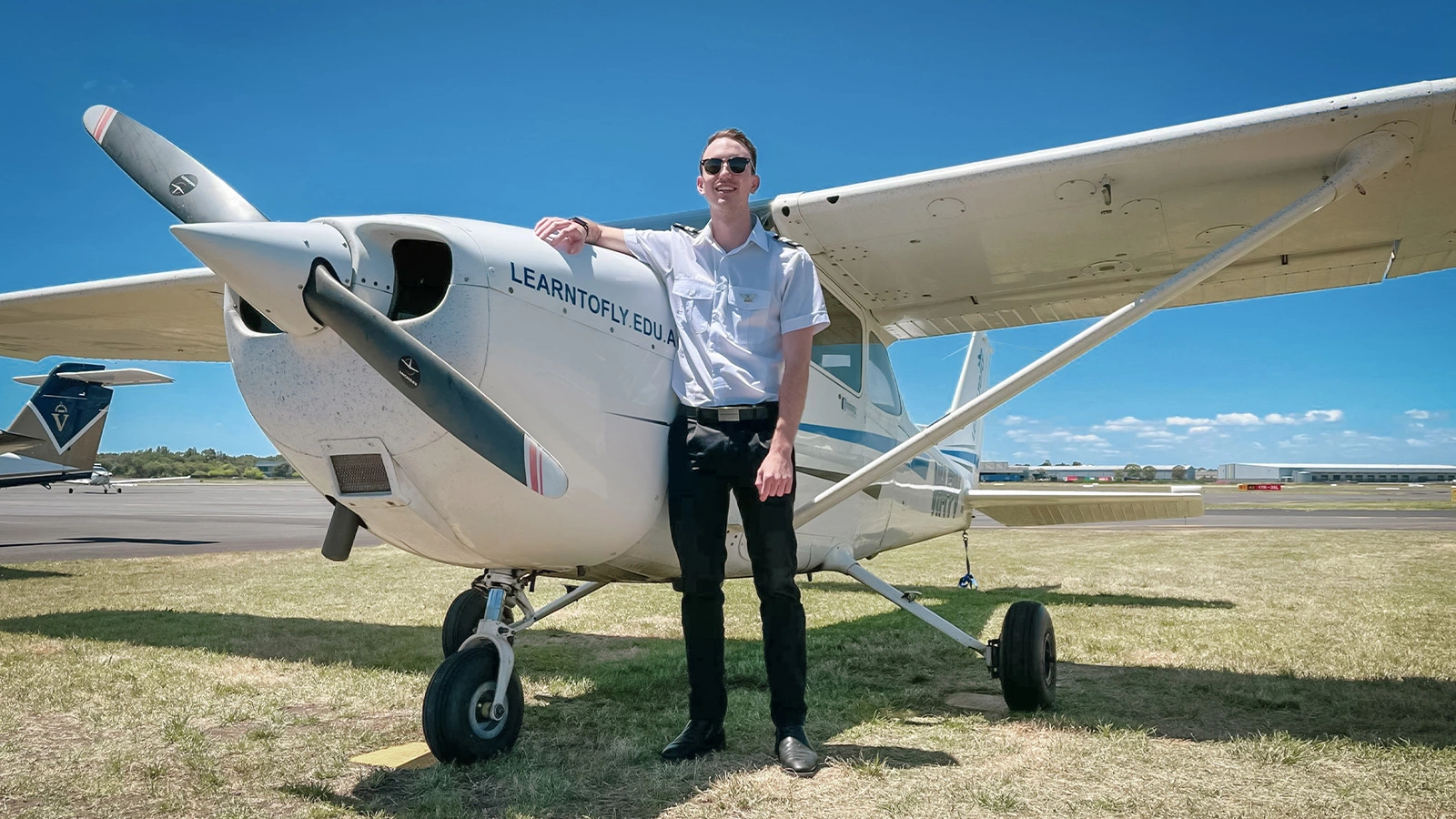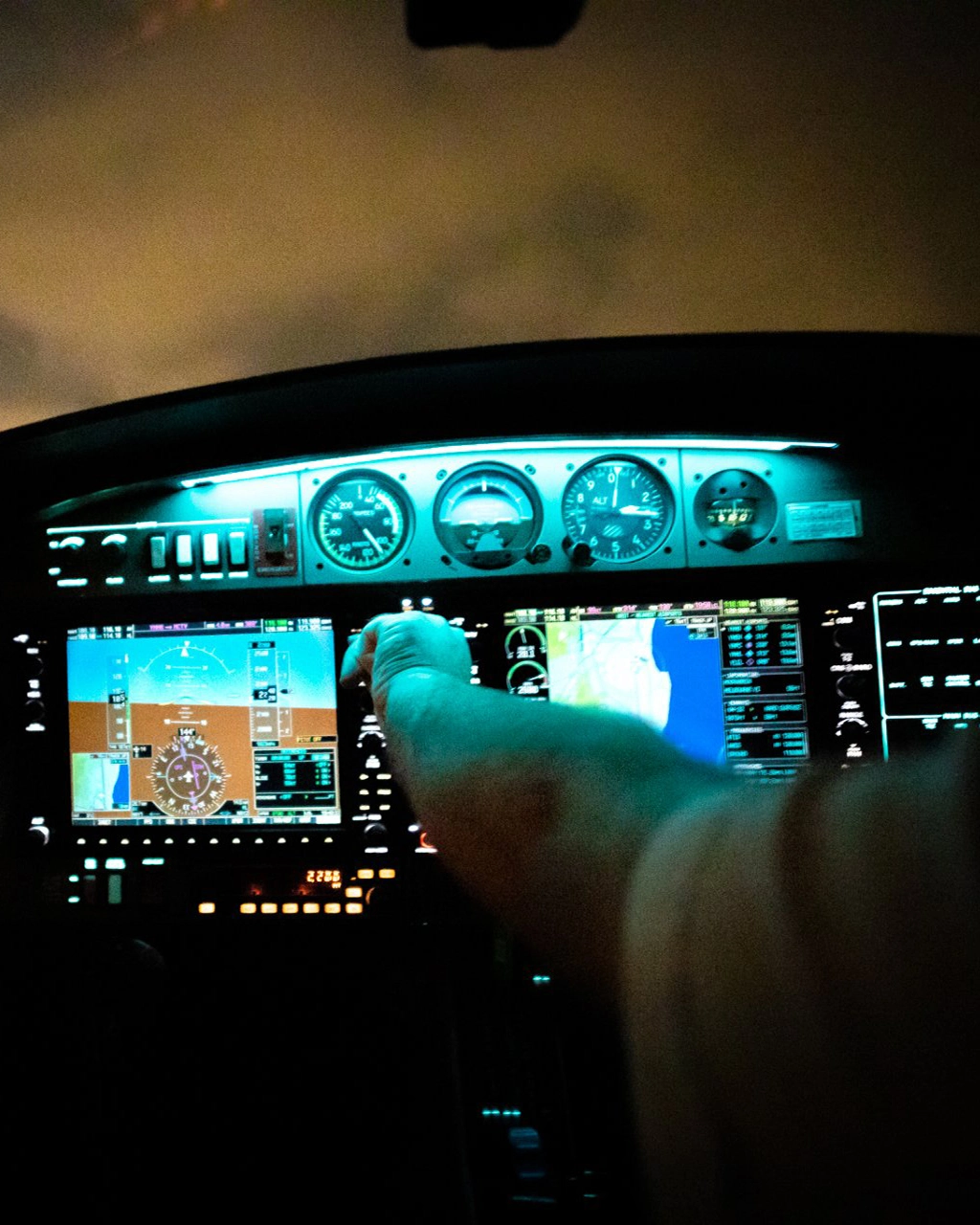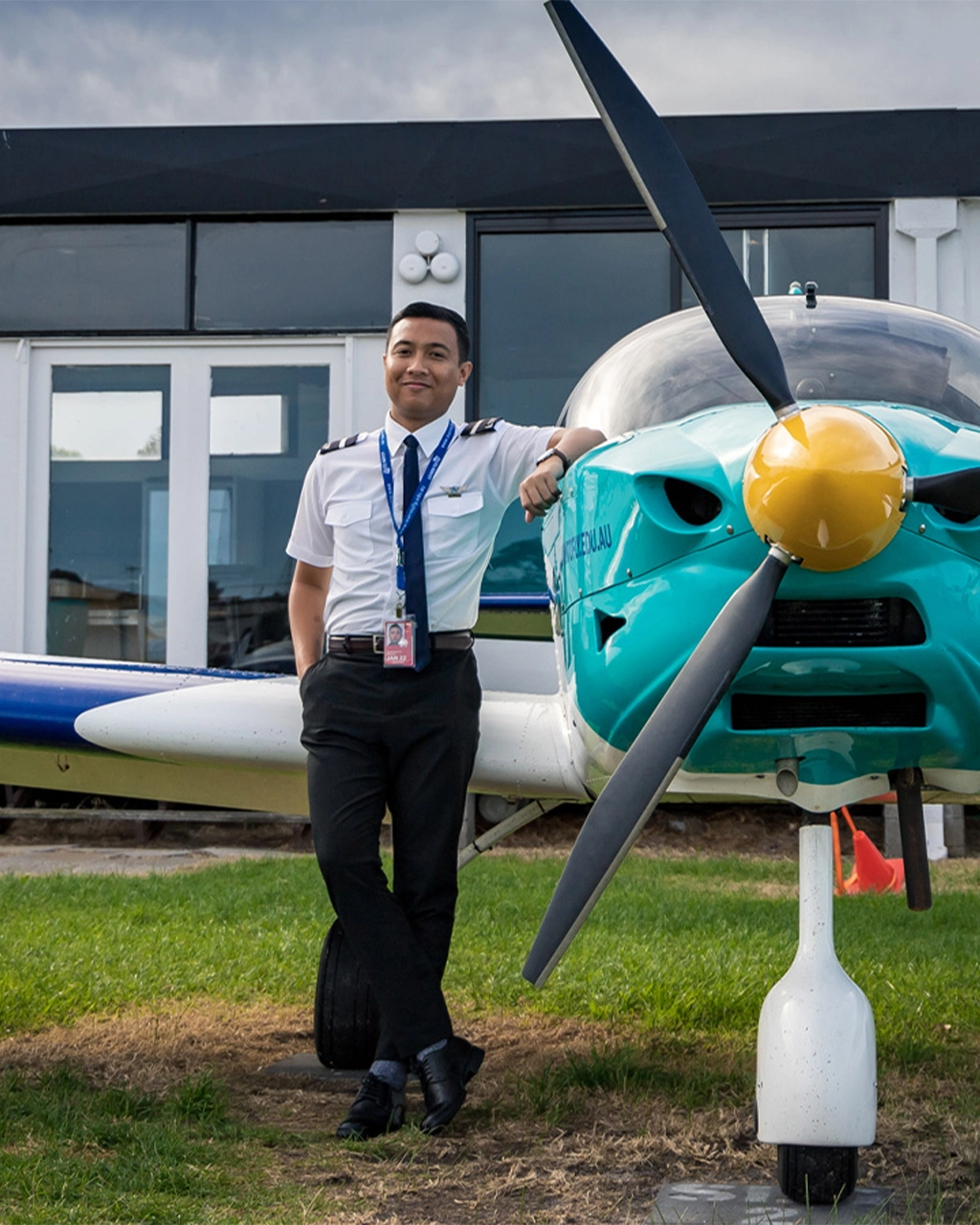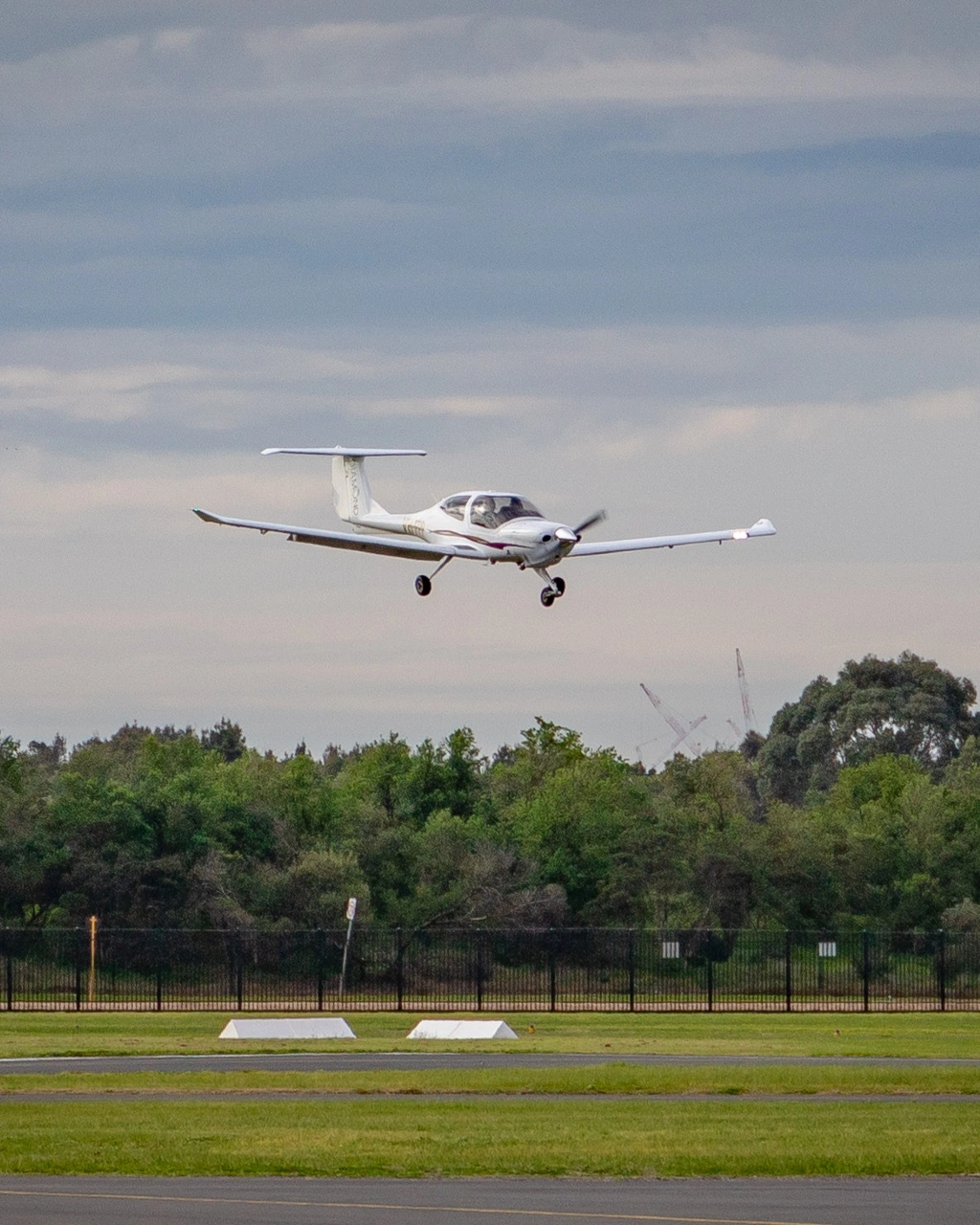
Expand your horizons.
Private Pilot Licence (PPL)
Select aircraft
Simulation Hours

Briefing & Theory
Train Here, Fly Anywhere
Having obtained your Recreational Pilot Licence (RPL), the next stage in your flight training process is learning how to navigate from point A to point B and expand your horizons beyond the 25 nautical mile range that the RPL allows. The Private Pilot Licence (PPL) syllabus teaches you advanced navigations skills and techniques, whilst also improving on the fundamental flying skill-set you developed during RPL training.
Spread Your Wings
The confidence and skill-set to fly further and longer is a crucial step in any pilot’s aviation journey. Once you have completed the flight test and obtained your Private Pilot Licence (PPL), you will be licensed to both plan and conduct navigational flights as Pilot in Command anywhere throughout Australia in any single-engine CASA registered aircraft, carrying up to a maximum of 5 passengers. The PPL is a great licence for recreational pilots, as well as a crucial step towards Commercial Pilot Licence (CPL) training.
-
1. Prerequisite Requirements
Please note it is a prerequisite to hold a Recreational Pilot Certificate (RPC) or Recreational Pilot Licence (RPL) for this course.
-
2. Enrolment & Orientation
Upon enrolment, you will receive a Training Starter Kit which contains all relevant course materials, access to shared resources, and details information on your course process. Your orientation will include an introduction to the airport, airspace, aircraft fleet, LTF processes and policies, and our facilities.
-
3. PPL Ground School
Theory sessions will cover a range of areas including aircraft balance, flight planning, map reading, navigation, performance and meteorology. The ground theory will be integrated into flight training. You will need to pass the CASA theory and practical flight training to obtain the License.
-
4. Flight Training
You will start the PPL training following the PPL theory syllabus. You will learn both fundamental and advanced navigation, and with assistance and guidance from your instructor, you will plan and execute several navigational flights throughout your training.
-
5. Navigation Flight
If your instructor feels that you're competent to operate the area on your own they will send you on your navigation solo. You will fly cross country, taking off from Moorabbin airport, navigating around the ranges, controlling steps and flying to a different airport. You will land there refuel, take-off, and come back to Moorabbin.
-
6. PPL Flight Test
After ongoing instruction and practice, you will be ready to be put forward for your PPL flight test. In a flight test with a CASA approved Testing Officer, you will demonstrate all that you've learnt through your flight training.
Safe & Seamless Training.
Flight Training Process
Every student pilot should enjoy flying. Learn To Fly is constantly creating resources to help students do just that. Not only modern aircraft, but also facilities, experienced instructors and curriculums to create magical learning experiences and make every moment of air time worth it.
Private Pilot Licence (PPL)
Frequently Asked Questions
Welcome to the Learn to Fly FAQ section! Here, we've gathered the most frequently asked questions about our PPL Training Program to help you navigate your journey towards becoming a PPL pilot. Our aim is to provide you with the essential information you need to begin this exciting adventure with confidence. For further assistance, feel free to contact us.
-
1. Is it necessary to complete the RPL before starting the PPL training program?
Yes, you must complete the RPL training syllabus before beginning this PPL training program. The PPL course PDF outlines that the first flight in this PPL program is a navigation flight. Therefore, you need to complete the RPL training to learn how to fly the plane before advancing to PPL training and focusing on flight navigation.
-
2. Can I skip the RPL training and go straight to do PPL training?
In Australia, the PPL syllabus is divided into two parts: RPL and PPL. The RPL (Recreational Pilot Licence) is the first part, where you'll learn basic flying skills such as takeoff, landing, and performing your first solo flight. However, with an RPL, you are restricted to flying within 25NM of the departure airport and cannot conduct navigation.
The PPL (Private Pilot Licence) is the second part, where you'll learn navigation skills, including how to create and execute a flight plan. With a PPL, you can fly anywhere in Australia.
You must start with the RPL training if you want to obtain a PPL, as you'll need to master basic flying skills before moving on to navigation. Some schools may offer a "combined" RPL and PPL program, but this typically means you only skip the RPL flight test but not the actual RPL training. In this case, once you complete the RPL syllabus, you'll skip the RPL flight test and move straight into PPL training. However, this approach can make the PPL flight test longer and more challenging, as the PPL flight test may still include RPL-level skills like precautionary searches, increasing the difficulty and the risk of failing the test.
We recommend completing both the RPL and PPL flight tests separately to ensure you’re well-prepared and to increase your chances of success. -
3. The PPL training package includes 30 flying hours. Will I be able to obtain my PPL after completing this training?
The package includes 30 flying hours, which meets the minimum requirement set by our PPL syllabus for students eligible to take the PPL flight test. This includes 5 hours of solo flying time. However, it's important to understand that while 30 hours is the minimum, most students typically require between 35 to 40 hours to complete their PPL training.
As individual progress varies, students may achieve their license with different amounts of flying hours. The package covers the initial 30 flying hours. If additional hours are needed beyond this, they will be charged on a Pay-As-You-Go basis. -
4. As an international student, how long should I plan for the PPL training?
The PPL training typically takes 6-8 weeks to complete. While the syllabus includes 10 flights, you will also need to study the PPL theory, which some students find challenging and may take additional time. If you're an international student, you can accelerate your training by studying the PPL theory in your home country beforehand. Our PPL training package includes an online theory course, allowing you to prepare before arriving.
-
5. Do you offer accommodation for international students?
Yes, we do. Please contact us and let us know your intended check-in and check-out dates, we'll promptly inform you about availability.
-
6. Can I use the PPL to fly in my home country?
Yes, the CASA PPL is an ICAO license, recognized in all ICAO member countries. You can convert your CASA PPL and use it in any ICAO country. For specific conversion procedures, please consult your local aviation authority.
See why there’s no better place to learn to fly.
Our Graduate
Brandon Smith“I will never forget the moment when I passed my solo-check and my instructor sent me for my first solo flight. It was truly a dream come true. LTF is the best place to study your PPL because they have an excellent aircraft fleet and the amazing instructors provide constant support and training advice, pushing your academic progress forward.”
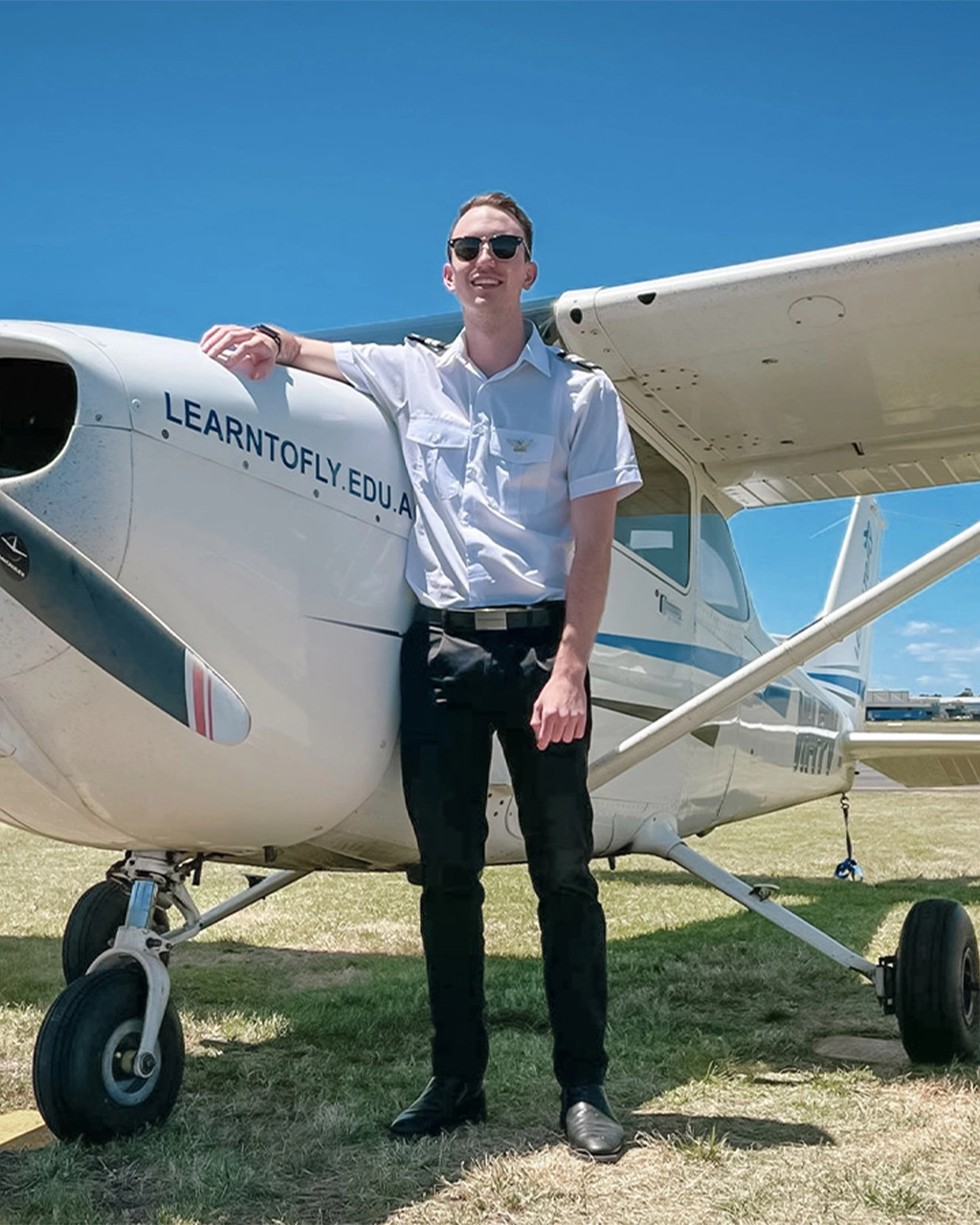
Start Your Flight Training Now.
Download Our FREE Course Guide
Our training program will support your learning and develop your flying skills in and out of the classroom. For detailed information on the course, including program introduction, prerequisites, training syllabus, fees and more, please download our FREE Course Guide.










